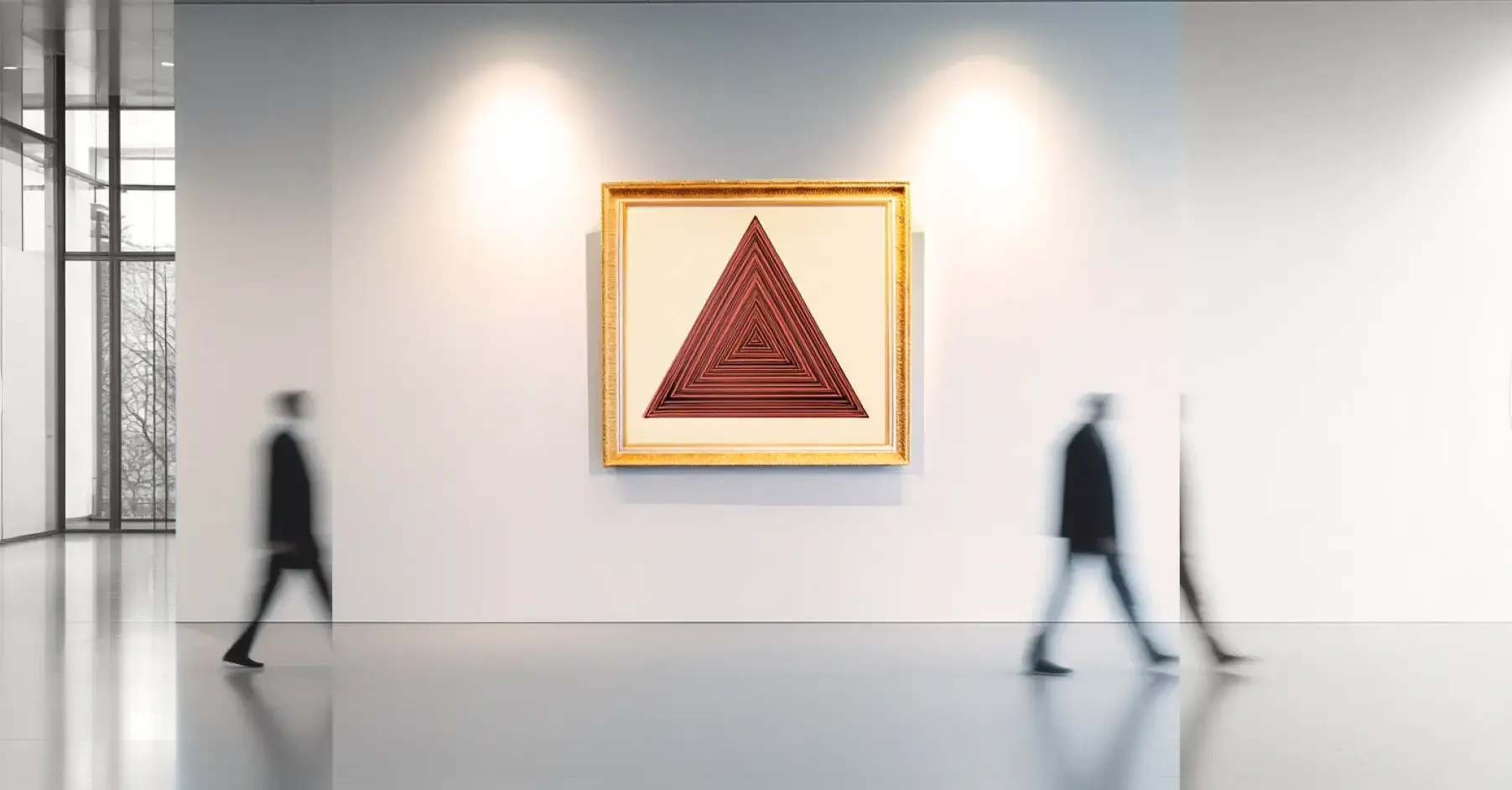Here’s how to break the fraud triangle affecting your office right now
Businesses face numerous challenges when economic conditions deteriorate—employee expense fraud shouldn’t be one of them. As financial pressures mount amid recession concerns, organizations need to understand what drives normally honest employees to...
